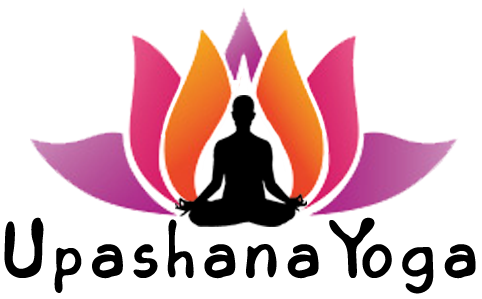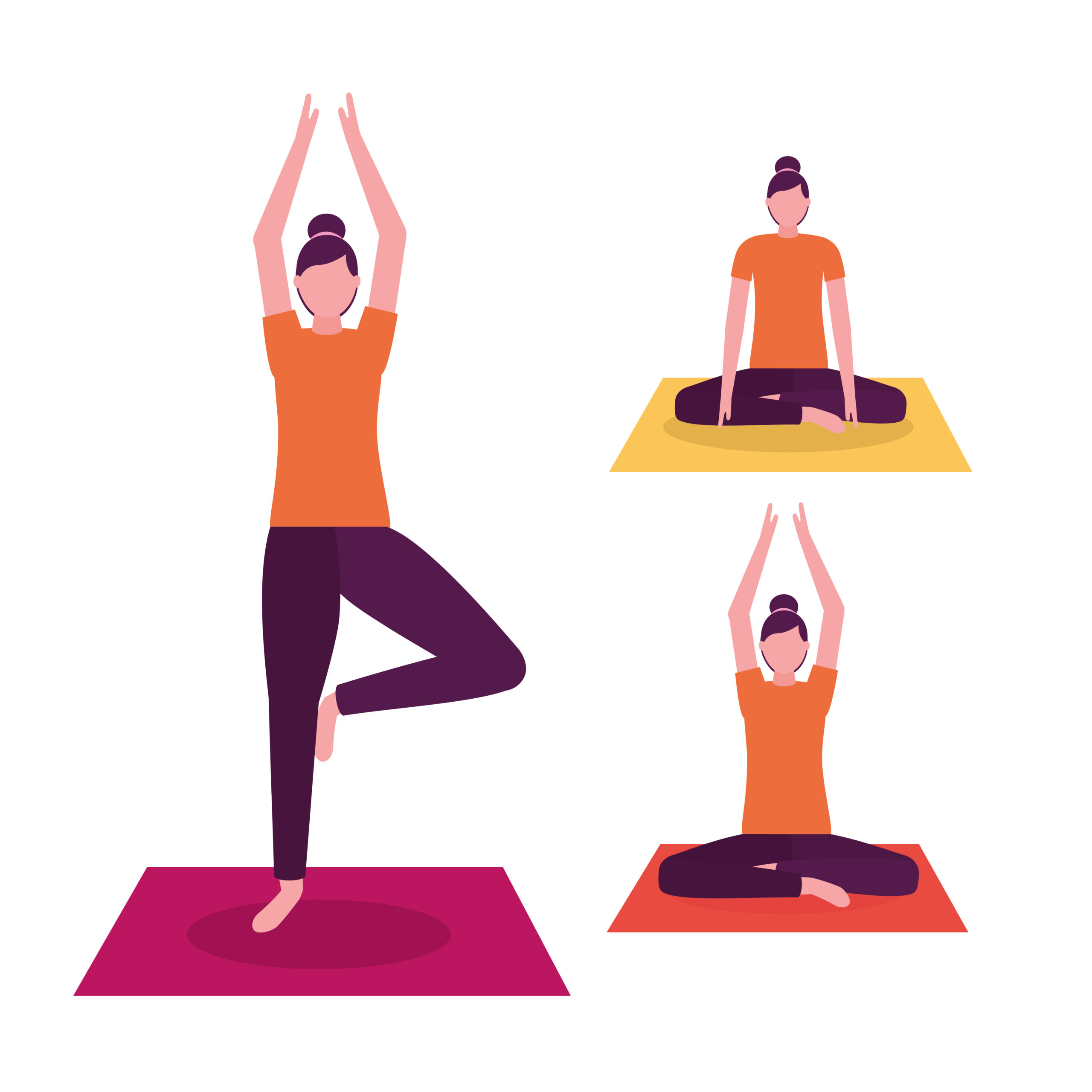

There are many benefits of doing yoga. There are many postures under this. By doing some asanas, stress is relieved, then some benefits of easy digestion. Every posture has its own importance. One of the many asanas of yoga is the Sirsasana. In this asana, the balance of the entire body rests on the head or hands.
This is an asana which is very difficult to do. But we always keep away from major diseases due to its practice. By doing this, the digestive system remains smooth. By doing this, the effect of blood improves. So, let’s know about Sirsasana yoga here…
(Also Read: Simhasana Or Lion Pose | Steps To Do | Benefits)
What Is Headstand Or Sirsasana?
Sirsasana is derived from two Sanskrit words, Where “Sirsa” means “Head” and “Asana” means “Yoga Pose”. The practice of headstand is done with head down and feet up, hence it is called Headstand Pose in English.
Generally, everyone knows that Sirsasana Or Headstand is very beneficial in the treatment of headaches. This is why often we advise each other to do a headstand.
As the body has to reverse while practicing this asana, that is, the balance has to be made by balancing the head on the ground, in this activity, there is a better flow of blood in the brain, which causes all diseases related to the brain is beneficial for mental issues. Women can practice headstand at any time other than pregnancy.
(Also Read: Steps And Benefits Of Padmasana Yoga)
Preparatory Poses:
There are some other asanas that you should practice before practicing Sirsasana Or Headstand, and these asanas are also beneficial in maintaining health and removing many disorders from the body.
- Balasana Or Child Pose
- Baddha Padmasana Or Bounded Lotus Pose
- Padmasana Or Lotus Pose
Steps To Do Headstand Or Sirsasana:
Sirsasana Or Headstand is a very simple and extremely easy posture, but it is equally difficult. To practice this asana, you should come to balance the whole body by resting your head on the ground, otherwise, you will not be able to practice it. Let us know what is the right way to do a headstand.
Step 1:
First, sit on the knees in Vajrasana posture and interlock the fingers of both your hands and place them on the mat lying on the ground.
Step 2:
After interlocking the fingers, fold the palm into a bowl and gently tilt your head and place it on the palm.
(Also Read: Bhadrasana Yoga | Steps To Do | Benefits)
Step 3:
After this, slowly raise both your legs and keep it straight. You can initially resort to a wall or a person to raise the legs.
Step 4:
During this time the whole body should be absolutely straight from bottom to top. Maintain body balance well.
Step 5:
After coming in this mudra, take a deep breath for 15 to 20 seconds and stay in this posture for some time.
Step 6:
Now slowly exhale and bring your feet back down to the ground.
(Also Read: Vriksasana Or Tree Pose Steps And Benefits)
Step 7:
Repeat this asana three to four times.
Step 8:
Keep in mind that practicing headstands in the morning. The stomach should be completely empty during practice, only then this asana will be done correctly.
Follow Up Poses:
Do these yoga poses to ease and comfort after doing these yoga poses. These yoga poses are…
- Adho Mukha Svanasana Or Downward-facing Dog Pose
- Balasana Or Child Pose
Beginner’s Tips:
- If you are having difficulty in balancing yourself, you can use the wall.
- If you have difficulty keeping the legs straight up, move the legs up and keep your legs bent so that your knees are touching your chest. When you are confident that your balance can be maintained, only then move both legs up, or practice off the wall.
(Also Read: Tadasana Or Mountain Pose Steps And Benefits)
Benefits Of Headstand Or Sirsasana:
By practicing this asana in an empty stomach daily overcomes various body disorders. This asana helps to overcome headache problem, sleep problem, liver and kidney diseases as well as strengthen the muscles of the body. Apart from this, this asana has various advantages. Let’s know about those benefits.
Relieve Stress:
The daily practice of headstand removes Anxiety, tension, fear, and bad and negative thoughts do not come in the mind. You will not know when your tension will be removed by taking deep breaths while practicing this asana.
Increases Concentration:
When you practice headstands on the ground in reverse, the blood flow in the brain increases, due to which the brain functions better and concentration increases. Apart from this, doing headstand increases mind and memory.
Beneficial For Eyes:
When you reverse the head and make the balance of the body, then extra oxygen, nutrient-rich blood reaches the head which also helps to make the cells of the eyes strong. Hence Sirsasana is considered beneficial to get rid of various diseases of the eyes.
(Also Read: Utkatasana Or Chair Pose | Steps & Benefits)
Increases Blood Flow To The Head:
Headstand Or Sirsasana is a yoga posture whose blood flows properly in the head by practicing daily. This asana serves to provide extra nutrition and oxygen to the scalp skin and also provides nutrition to the hair follicle, which relieves headaches and ends hair loss.
Makes Shoulders And Arms Strong:
When you practice headstand while standing on your head, it helps strengthen the arms and shoulders. Apart from this, the muscles of the head, neck, and back are also strong. This asana helps to tone and strengthen the upper part of the head.
For Better Digestion:
Practicing head circumference in the right manner daily, removes the stomach gas, and improves blood flow to the digestive organs. This makes the digestive system absorb nutrients better. This asana is very beneficial in removing the problem of constipation.
Strengthen Liver:
If your liver is weak then you should practice headstand daily in the morning as this asana helps in strengthening the liver as well as helps in removing the diseases related to liver and the problem of blood circulation.
(Also Read: Triangle Pose Or Trikonasana Steps & Benefits)

Precautions:
- Do not practice head circumference if you have high blood pressure, heart disease, cerebral or coronary thrombosis, and glaucoma.
- If you have blood hemorrhage problem, kidney disease, and slip disc problem in your head, avoid practicing this asana.
- Do not practice this asana if you have a full stomach, body fatigue, headache, or migraine problem.
- In the final posture of headstand keep the body vertical and do not tilt backward or forwards otherwise the balance of the body may deteriorate and you may get hurt.
- If there is impure blood in your body, do not practice this asana, otherwise, impurities can reach the brain as well.
- Women should not practice headstand during menstruation and pregnancy.
- Do not practice headstand if you are dizzy, have a head injury, or have a severe headache.
- If the neck is hurt, do not practice headstand. Also, hernia, hypertension, and obesity problems individuals suffering from should also not practice this posture.
(Also Read: Steps And Benefits Of Shavasana Or Corpse Pose)
Conclusion:
In case of any of the above problems or even if you are not completely healthy, consult a yoga teacher before practicing this asana. If you do not have any of the above problems and you want to practice this posture, then initially do it by ticking it with a wall. Never try to beat your feet above the stroke. By doing regular practice, you will be able to do it automatically.











Leave a Comment